1. The Strange Question
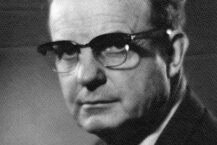
In the 1950s, psychologist Harry Harlow began studying love in a way few dared to. At the time, scientists believed babies bonded with mothers only because they were fed. Harlow questioned that, wondering if love itself was more powerful than biology. His curiosity led him to a small Wisconsin lab, where he would design experiments that would forever change how we understand connection. He believed affection was more than survival, more than instinct. Harlow’s strange question opened the door to something timeless. Through his work with rhesus monkeys, he discovered that love is not simply emotional. It is the invisible thread that shapes how we grow, trust, and survive, from cradle to adulthood.
2. The Surrogate Mothers
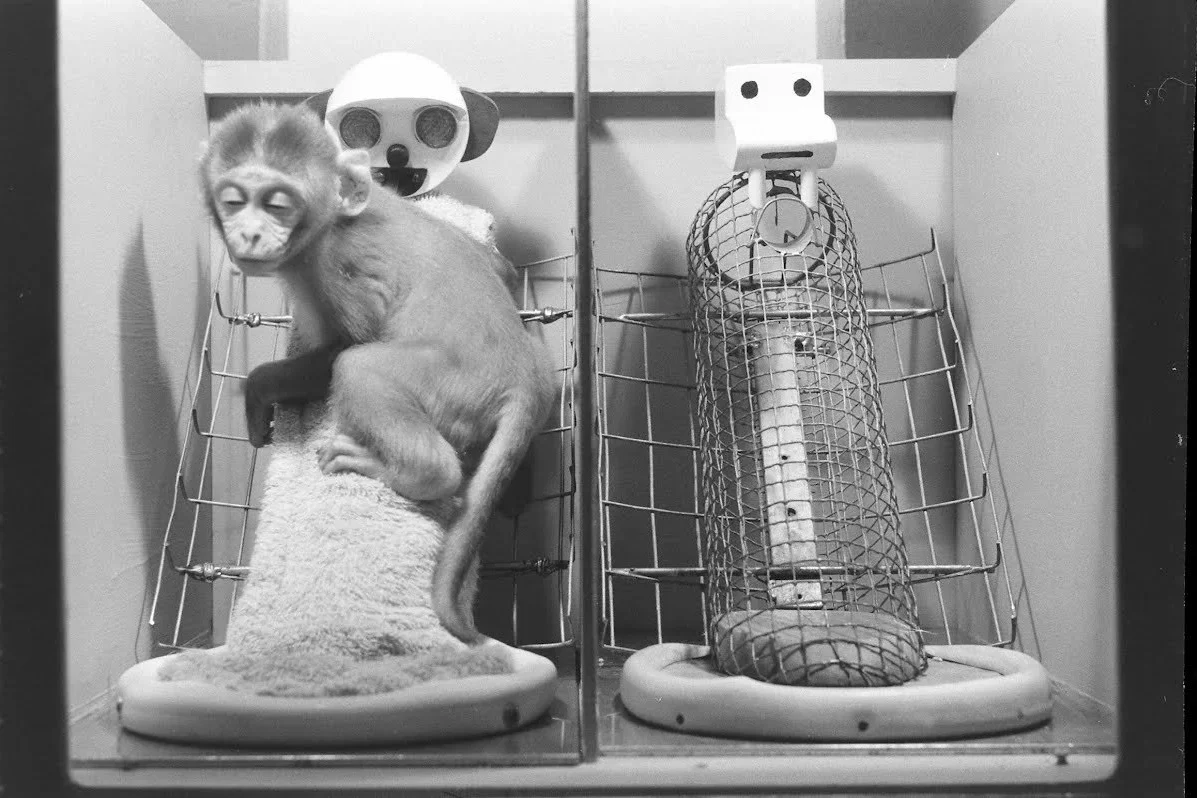
To test his idea, Harlow created two mother figures for baby monkeys. One was made of cold wire that offered milk, and the other was soft and covered in cloth but provided no food. The monkeys were raised with both. When the world watched their choices, everything people assumed about affection was rewritten. Instead of staying with the wire mother that fed them, the babies clung tightly to the soft one. That choice revealed something incredible. Love was not about feeding or function but comfort and warmth. It showed that emotional connection could nurture more deeply than any physical need ever could.
3. The Surprising Choice
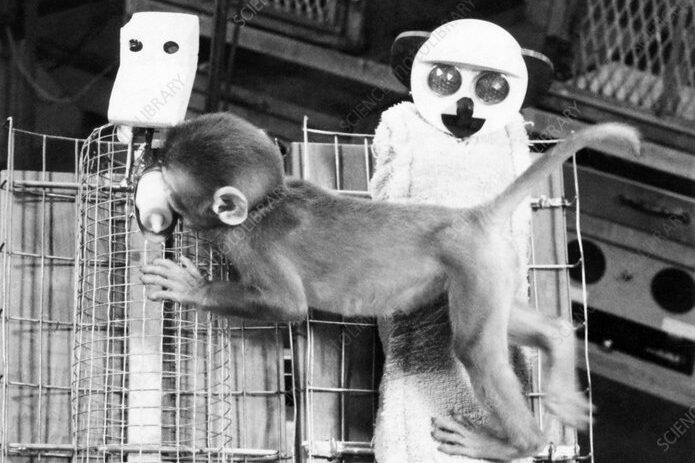
The baby monkeys spent nearly every moment wrapped around the soft cloth mother, leaving her only briefly to feed from the wire one. This single behavior revealed something profound. Comfort was more powerful than food. Safety meant more than survival. Scientists were astonished to see that the babies preferred warmth to nourishment. It meant that love was a biological necessity, not a sentimental addition. The monkeys showed that affection gives a sense of home, even in artificial forms. Harlow had proven that connection is the heartbeat of life. We do not just live because we are fed, we thrive because we are loved.
4. The Power of Touch
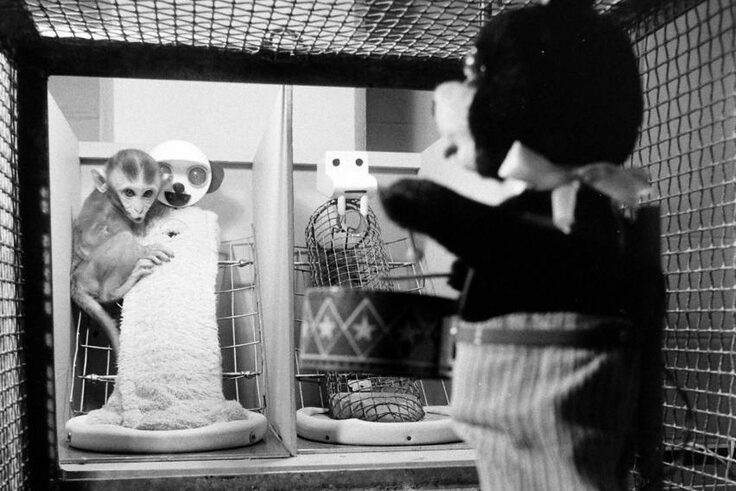
When loud noises or strange toys frightened the baby monkeys, they didn’t seek the wire mother that fed them. Instead, they ran straight to the soft one and held her tightly. From that simple act, Harlow saw something extraordinary. Touch provided emotional safety. It calmed fear, reduced stress, and restored trust. He called it “contact comfort,” a phrase that became one of psychology’s most human insights. The babies showed that affection was not just a gentle feeling but a survival mechanism. Their trembling hands clutching soft fabric became proof that the power of love lives in the warmth of touch.
5. Shattering Parenting Advice
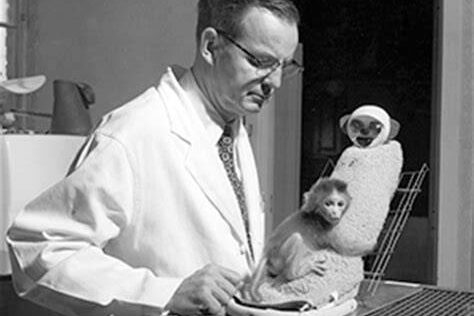
During Harlow’s era, many parenting experts advised against holding or cuddling babies too much, believing it would make them dependent. Harlow’s experiments shattered that belief completely. His work showed that affection is not indulgent but essential. Love builds strength, not weakness. Parents began to understand that emotional warmth helps children develop confidence and resilience. The idea that love could spoil a child faded quickly as evidence grew. Every hug and gentle gesture became proof of emotional nourishment. Harlow’s research quietly reshaped how parents raised children, teaching that tenderness is not optional. It is the foundation on which every healthy bond begins.
6. The Isolated Monkeys
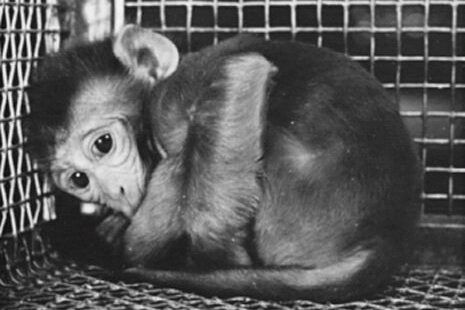
In one of the darkest parts of his work, Harlow raised some monkeys completely alone. They had no mothers, no companions, and no comfort. What followed was heartbreaking. These monkeys grew up withdrawn, rocking themselves, refusing to eat, and avoiding contact. They survived physically but were emotionally broken. The absence of affection left deep scars that food or care could not heal. Harlow’s isolation experiments revealed the devastating cost of emotional neglect. Life without love, he showed, may continue, but it loses its meaning. The findings gave science its first clear look at how loneliness can destroy even the strongest spirit.
7. A Life Without Love
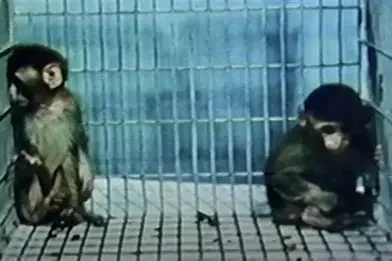
When the isolated monkeys were finally placed with others, they could not connect. Some froze in fear while others became violent. They didn’t understand play or comfort. Harlow’s team watched as the damage became painfully clear. Without love, these monkeys couldn’t form relationships. They lived in constant confusion, unable to trust or bond. The lesson was unmistakable. Love teaches us how to be human. Without it, the social and emotional skills we need to survive never fully grow. The study became one of the clearest signs that affection is not optional but the key to living fully and freely.
8. The Pit of Despair
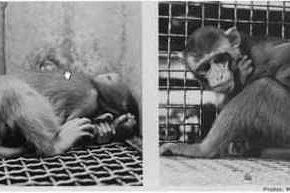
Harlow later created what he called the “pit of despair,” a vertical isolation chamber where young monkeys were kept without touch or comfort. The results were deeply disturbing. Many of them refused to move, eat, or interact. They sank into depression, showing that emotional starvation could break the will to live. Though these studies were widely criticized for their cruelty, they revealed something vital about human nature. Love is not a luxury. Its absence causes a kind of suffering that words cannot explain. Harlow’s pit of despair became a dark symbol of what happens when affection disappears completely.
9. Generational Trauma
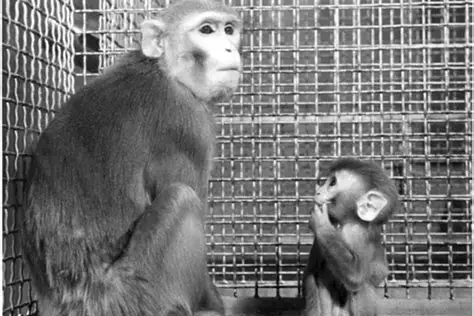
When the isolated female monkeys later became mothers, something tragic occurred. They often ignored, hurt, or rejected their babies. The pain they carried was passed down. This was one of the earliest examples of generational trauma, the idea that emotional wounds can echo across time. Harlow’s work showed that love, when absent, leaves marks that do not fade easily. What one generation fails to receive, the next often struggles to give. It was a painful reminder that the cycle of neglect can only end when care, patience, and tenderness take its place. Love, once lost, must be relearned.
10. The Monkeys Who Recovered
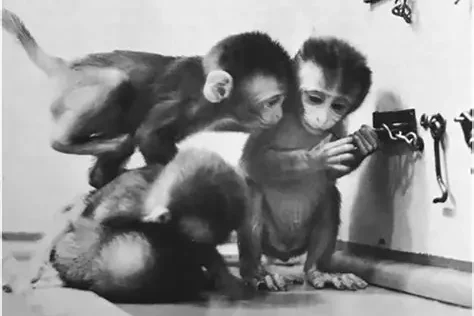
Despite the heartbreak, some of the damaged monkeys found healing. When they were placed among younger, playful monkeys, something remarkable began. They started to copy their behavior, learning to play, groom, and trust again. Slowly, they recovered pieces of what they had lost. It showed that love can still reach the broken, even after years of absence. Connection remains the most powerful form of recovery. Through companionship and gentle interaction, the isolated monkeys rediscovered emotion. Harlow’s findings reminded the world that even after deep hurt, affection can rebuild. Healing takes time, but love always has the final word.
11. Lessons for Parents Today

Harlow’s discoveries still influence parenting around the world. Practices like skin-to-skin contact and nurturing touch stem from his work. Parents now understand that love shapes a child’s emotional and physical development. Babies need affection as much as nutrition. Every moment of warmth builds trust and security. The experiments that once shocked the world now serve as a guide for human connection. Love is no longer seen as optional but essential. What Harlow’s monkeys taught still rings true today: affection lays the groundwork for confidence, empathy, and strength in every child who feels truly cared for.
12. Lessons for Foster Care and Orphanages
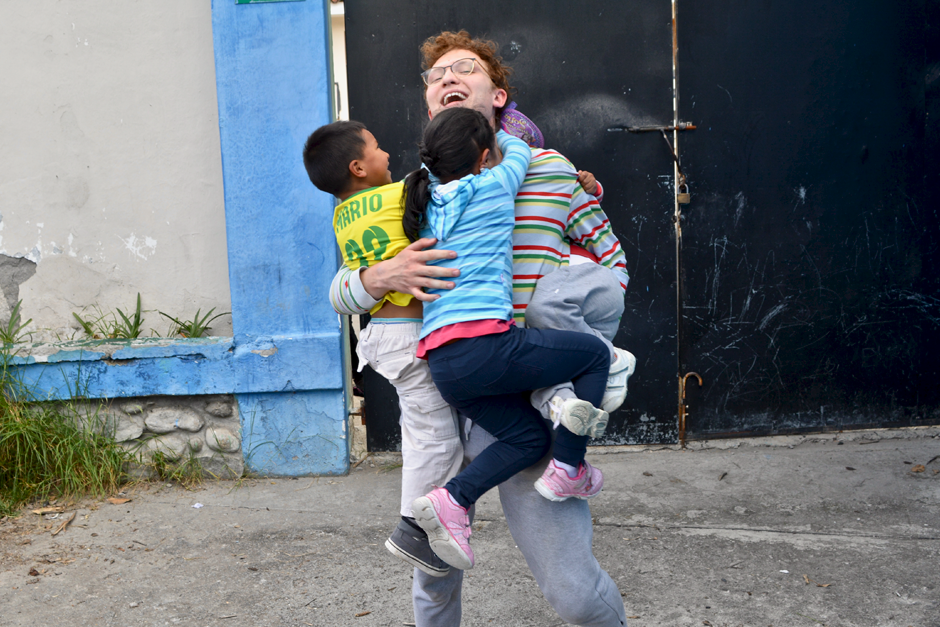
Harlow’s research helped explain why some children in orphanages failed to thrive despite receiving food and shelter. The missing ingredient was emotional connection. His work led to major reforms in childcare systems, shifting focus from physical survival to emotional well-being. Caregivers learned that affection and attachment are as vital as nutrition. Foster care programs began emphasizing bonding, warmth, and trust. Harlow’s unsettling experiments became the foundation for practices that nurture both heart and mind. They proved that real care means more than meeting needs, it means creating a sense of belonging that helps children feel safe enough to grow.
13. The Link to Mental Health

Today, Harlow’s work continues to shape our understanding of mental health. Therapists recognize that early emotional neglect often leads to anxiety, depression, or difficulty forming relationships. His findings helped build the foundation for attachment theory, which connects childhood love to adult well-being. Emotional safety in youth becomes emotional stability in adulthood. Without it, the mind struggles to find peace. The monkeys’ pain gave psychology a language for human wounds. Harlow’s lessons remain in therapy offices everywhere, reminding us that healing begins not in logic but in love that teaches us we are worthy of care.
14. Echoes in Today’s Technology

Harlow’s findings echo in our digital world. Many people now seek comfort in phones, scrolling endlessly for connection. Our devices have become modern versions of his cloth mothers, offering an illusion of closeness without real warmth. The lesson still applies: we cannot replace human touch with pixels. Emotional safety comes from presence, not screens. As society becomes more connected yet lonelier, Harlow’s work whispers a reminder that love must remain tangible. Real connection happens through shared time, open hearts, and gentle care. Technology may mimic affection, but it will never replace the human need for true closeness.
15. A Warning for Modern Life

In today’s fast-moving world, Harlow’s research feels more relevant than ever. We often fill our days with distractions, work, and digital noise, forgetting that affection is a human need. Just as the monkeys clung to their soft mothers, people crave comfort in moments of fear or uncertainty. His experiments remind us that love is not weakness. It is strength. Without it, progress feels hollow. In chasing success, many have replaced connection with convenience. Harlow’s work offers a warning for our time: nothing built on loneliness can last. We survive through compassion, not competition.
16. A Controversial Legacy
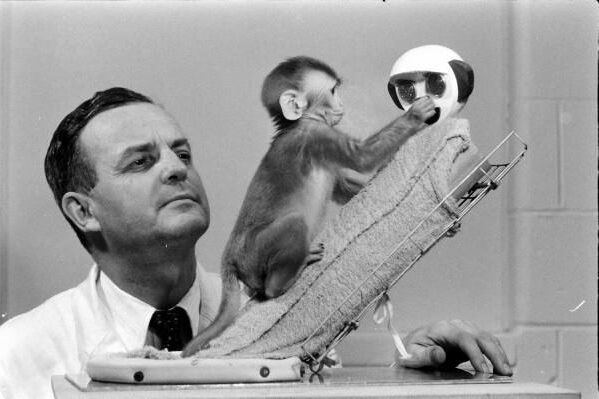
Harlow’s experiments changed psychology forever, though his methods remain controversial. The suffering his monkeys endured cannot be ignored, yet his discoveries transformed how we understand love, parenting, and development. He showed that affection is not a luxury but a necessity. Today, ethics in research have evolved because of studies like his. The line between curiosity and cruelty became clearer. Harlow’s legacy stands as both caution and contribution. He forced science to see emotion as biology and compassion as survival. His work continues to influence generations, reminding us that love defines the boundaries of what it means to be human.
17. The Science of Love

Modern neuroscience confirms what Harlow revealed through his monkeys. Love shapes the brain, lowers stress, and strengthens immunity. Affection is not abstract, it is physical. Touch releases chemicals that calm and connect. Warmth helps us grow both mentally and emotionally. Harlow’s work bridged the gap between science and feeling, proving that care molds biology. His experiments began with wire and cloth, but their impact reached into every human heart. Love, he found, was our greatest protection. Even now, every hug and act of kindness carries his message forward: connection is not decoration, it is our most important design.
18. The Final Lesson
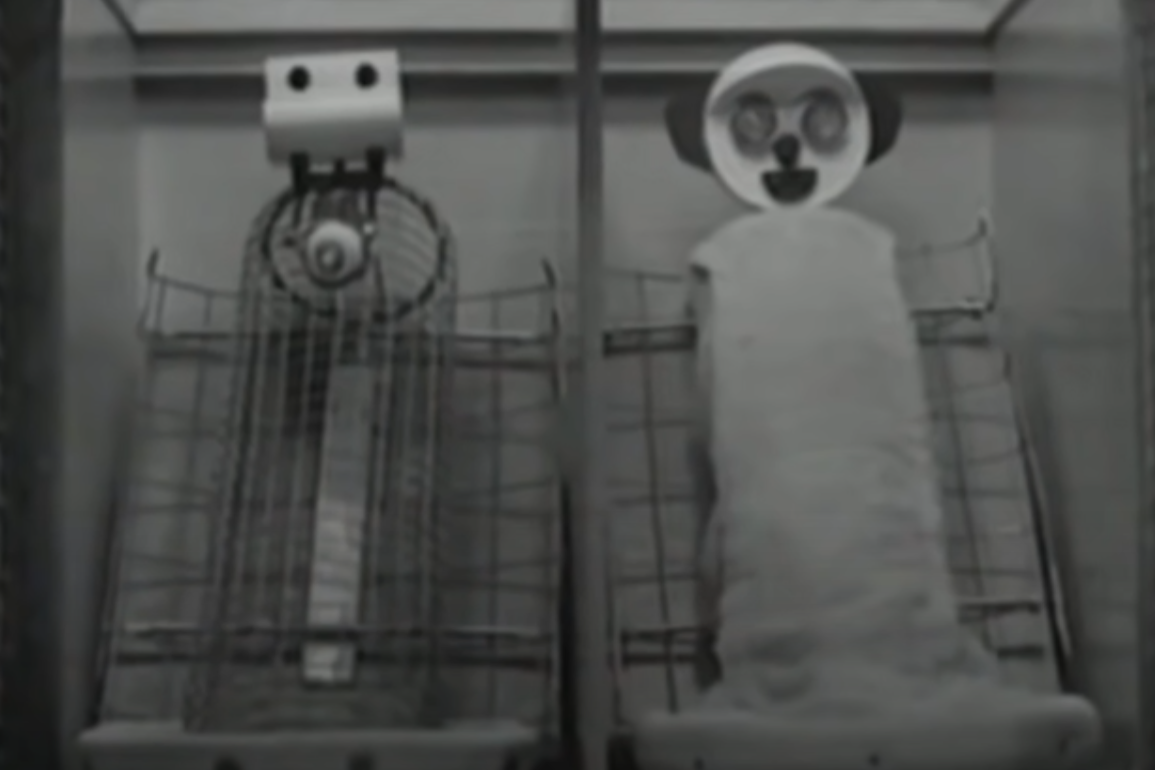
In the end, Harlow’s cloth mother taught the world a truth too profound to forget. Food keeps us alive, but love makes life worth living. The rhesus monkeys showed humanity what we often overlook: affection gives meaning to existence. Harlow’s work may have been painful, but it uncovered the essence of being human. We survive on connection, not just sustenance. From birth to death, love remains our deepest instinct. The experiments that once shocked the world now serve as a quiet reminder that tenderness is our truest form of strength.
This story 18 Heartbreaking Lessons About Love We Learned from Harlow’s Monkeys was first published on Daily FETCH


